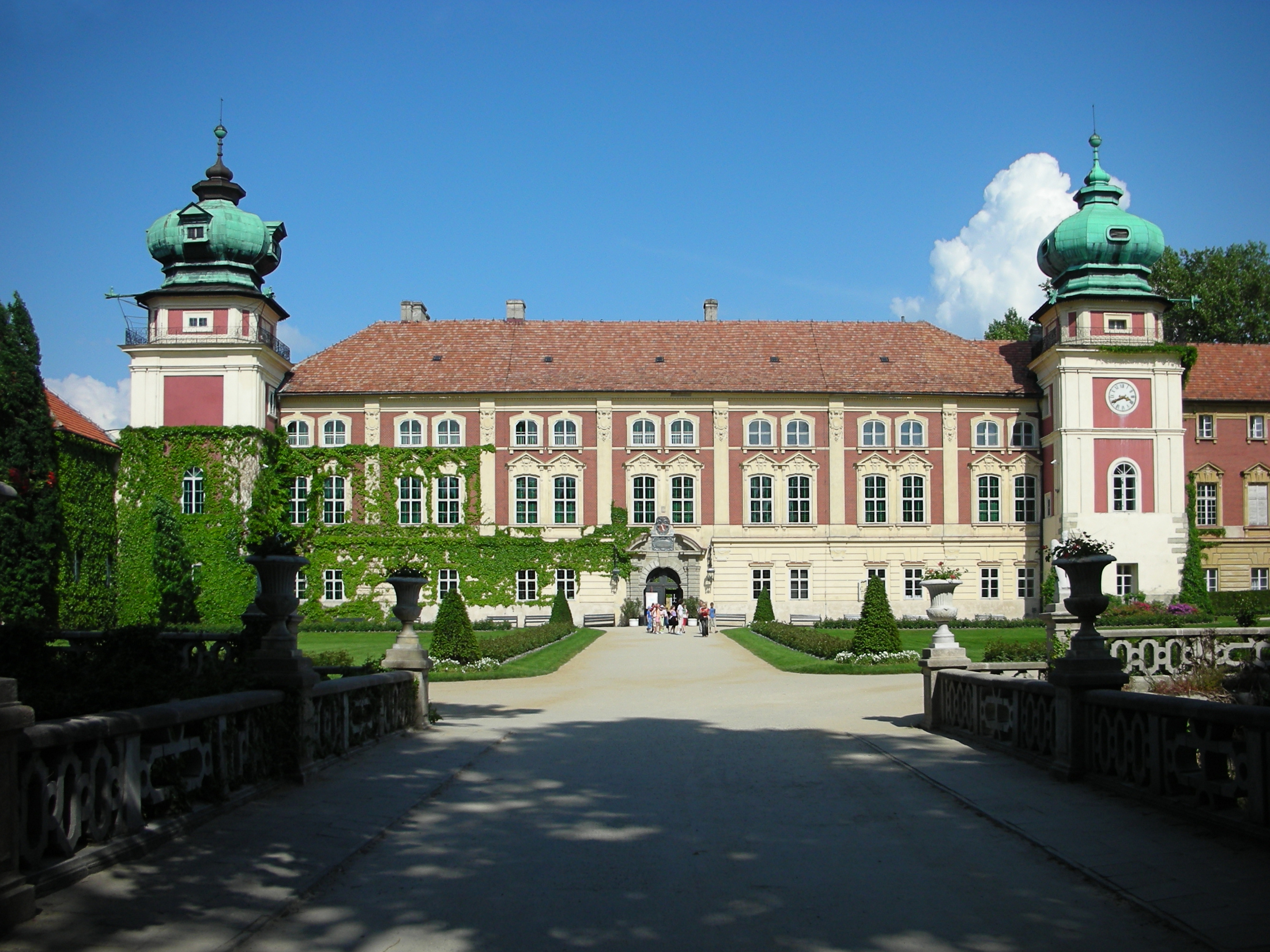- Łańcut
Infobox Settlement
name = Łańcut

image_caption =Łańcut castle
image_shield = POL Łańcut COA.svg
pushpin_
pushpin_label_position = bottom
subdivision_type = Country
subdivision_name = POL
subdivision_type1 = Voivodeship
subdivision_name1 =
subdivision_type2 = County
subdivision_name2 =
subdivision_type3 =Gmina
subdivision_name3 = Łańcut (urban gmina)
leader_title = Mayor
leader_name = Stanisław Gwizdak
area_total_km2 = 19.43
population_as_of = 2006
population_total = 18067
population_density_km2 = auto
timezone = CET
utc_offset = +1
timezone_DST = CEST
utc_offset_DST = +2
latd = 50 | latm = 4 | lats = | latNS = N | longd = 22 | longm = 14 | longs = | longEW = E
postal_code_type = Postal code
postal_code = 37-100
blank_name = Car plates
blank_info = RLA
website = http://www.um-lancut.pl/Łańcut [IPA-pl|'|ł|a|ń|c|u|t] ( _de. Landshut, _yi. לאַנצוט-"Lantzet",
Hebrew : לאנצ'וט-Lanchut) is atown in south-easternPoland , with 18,000 inhabitants (1998). Situated in theSubcarpathian Voivodeship (since 1999), it is thecapital ofŁańcut County .It received its city charter in 1349. The city was owned consecutively by aristocratic Polish families of
Pilecki ,Stadnicki ,Lubomirski , andPotocki . In 1772, after Poland's First Partition, it became part of theHabsburg Monarchy where it remained until 1918 when it became part of independent Poland.In the middle of the town one finds the
Łańcut Castle , a grand aristocratic palace residence, last owned until 1944 by thePotocki family, and made infamous in late 16th century during the times ofStanisław Stadnicki . It was first built in the years 1629-1641 and reconstructed many times since. The palace is currently a museum particularly well known for its large collection of historic carriages. Since 1961, a well-known classical music festival is held there annually.At the end of XVIII,
Lubomirski family established in Łańcut a distillery known for producing flavored and sweetened vodkas. Distillery has changed ownership several times and now exists under the name ofPolmos Łańcut .Prior to
World War II , Łańcut had a thriving Jewish community constituting one-third of the city population. Local Jewish cemeteries are the resting place of Rabbi Naftuli Tzvi, the Grand Rabbi of Ropshitz, Rabbi Ahron Moshe Leifer the Grand Rabbi of Zolynia. Every year, followers of theHasidic Judaism come to pray at their graves.See also
*
Łańcut (vodka) is a brand of vodka.External links
* [http://www.um-lancut.pl/ City of Łańcut official website]
* [http://www.zamek-lancut.pl/ Official Łańcut Castle website]
* [http://www.krainalancut.pl/ Łańcut County, Touristic Informant]
Wikimedia Foundation. 2010.

